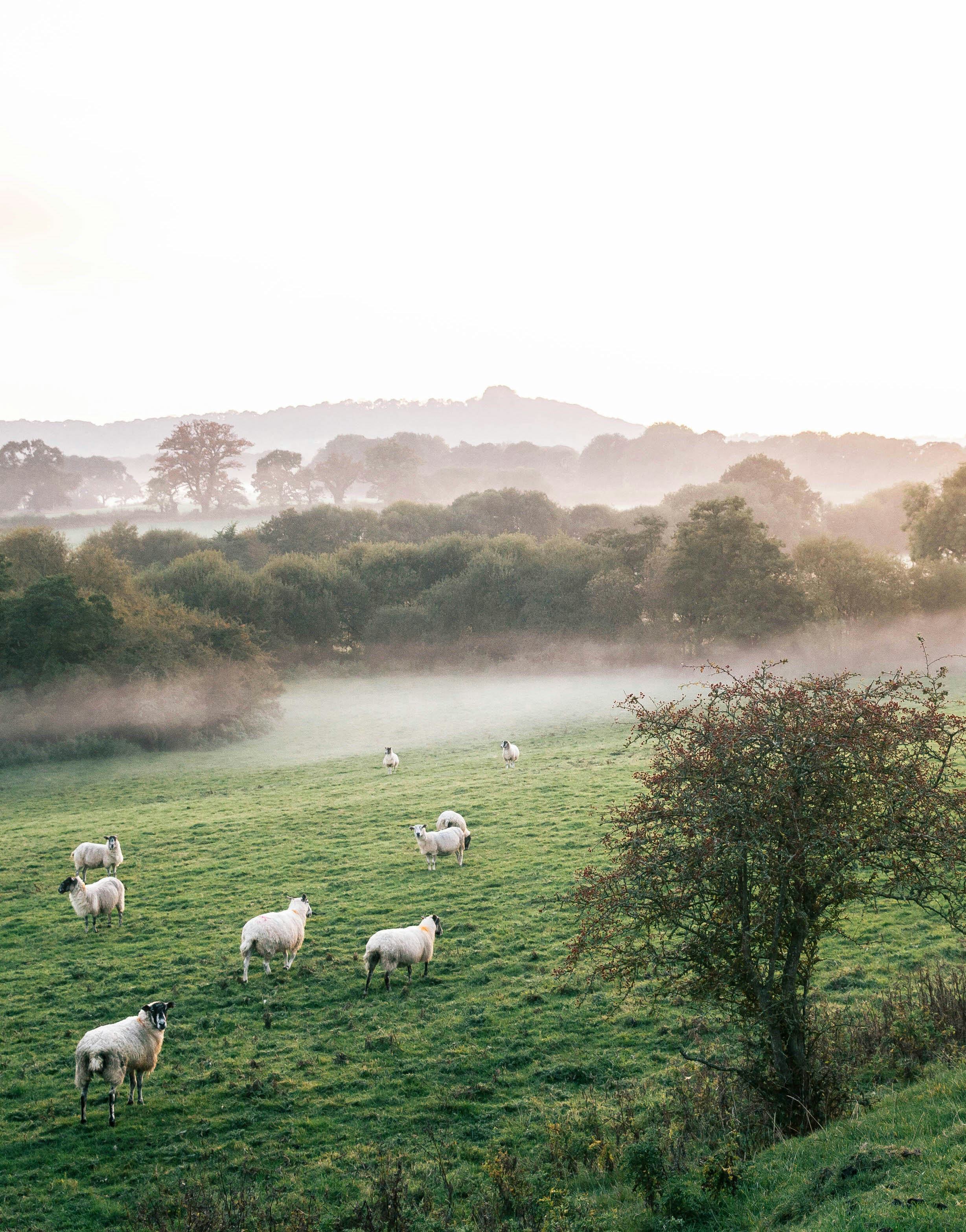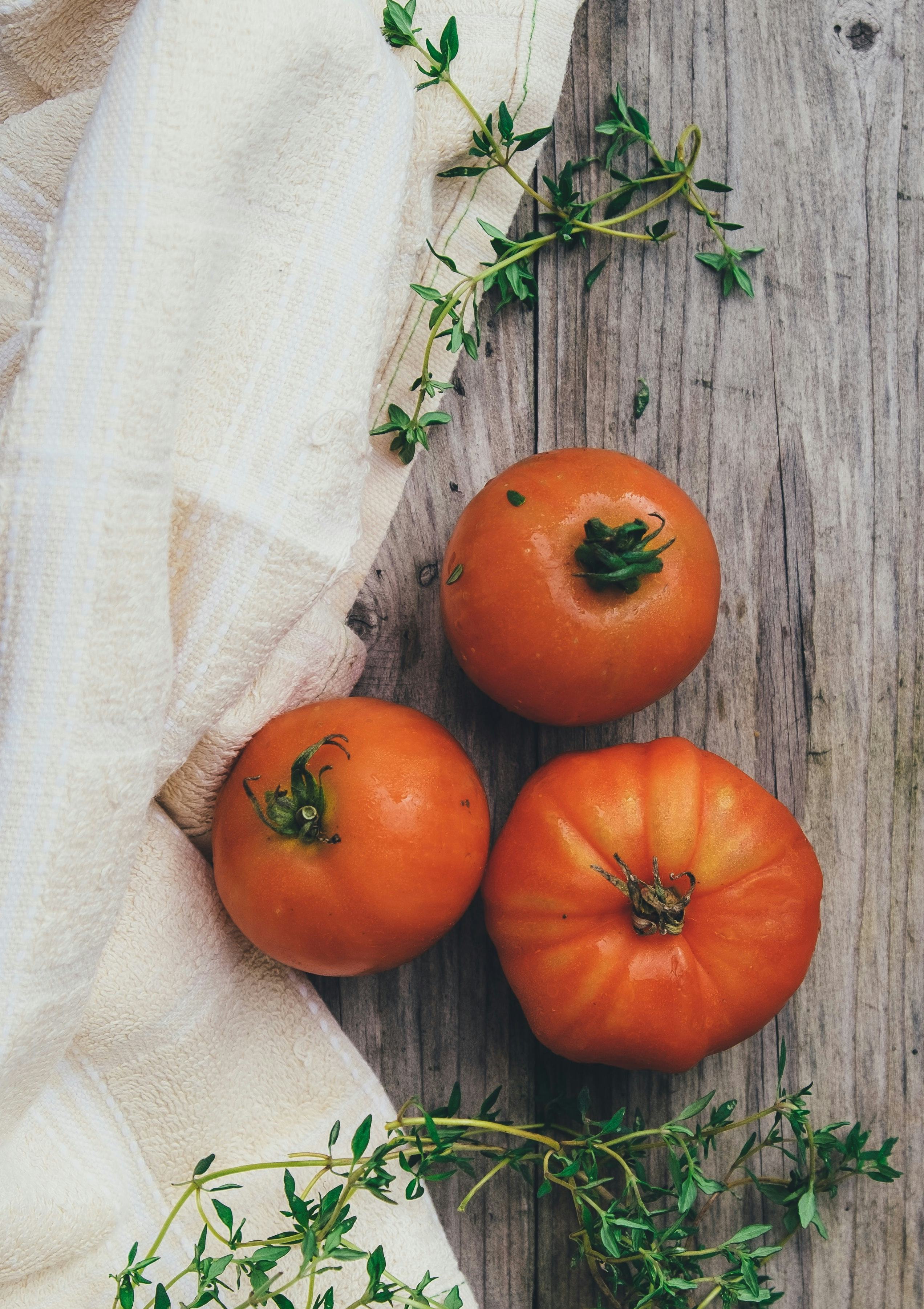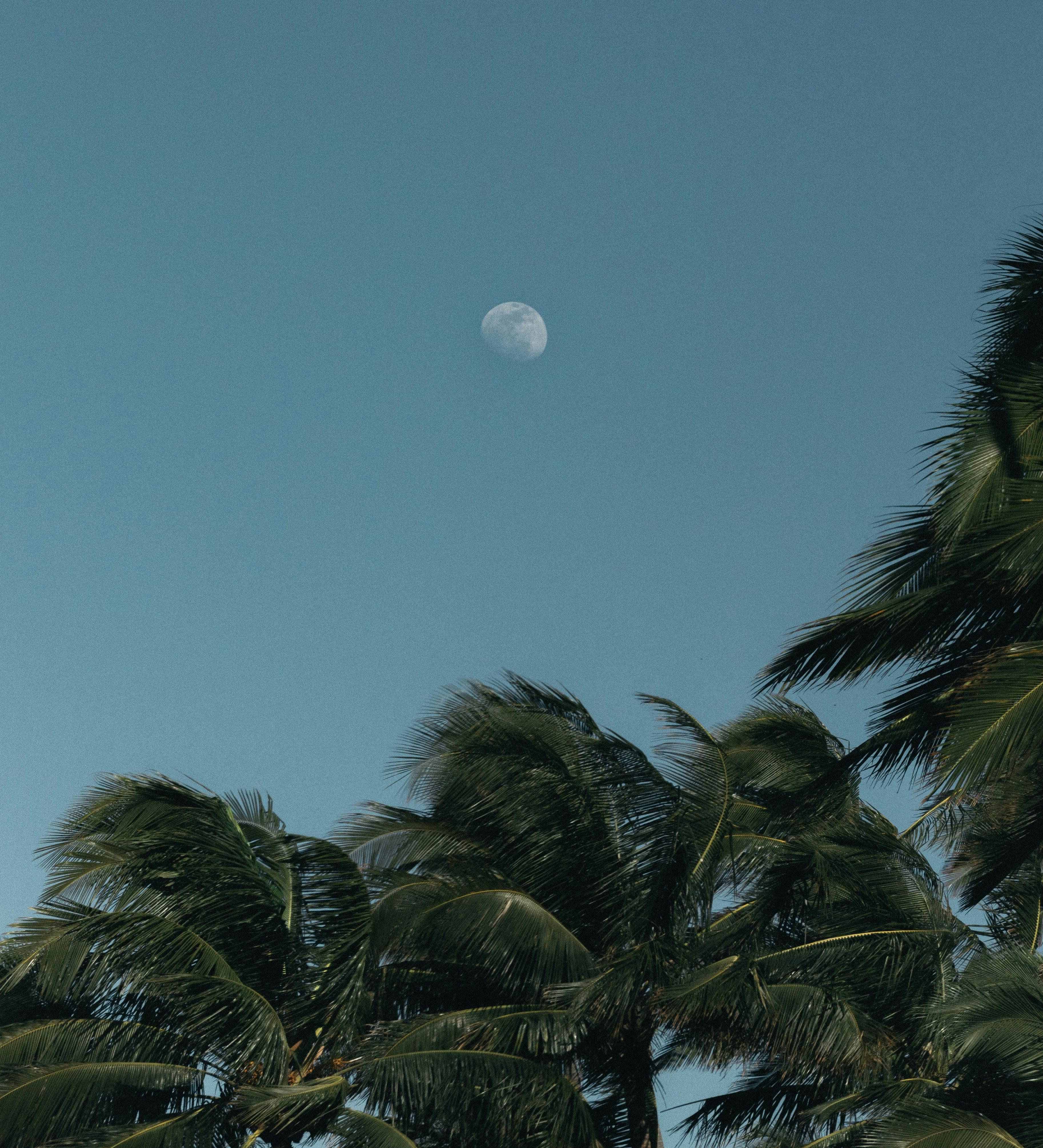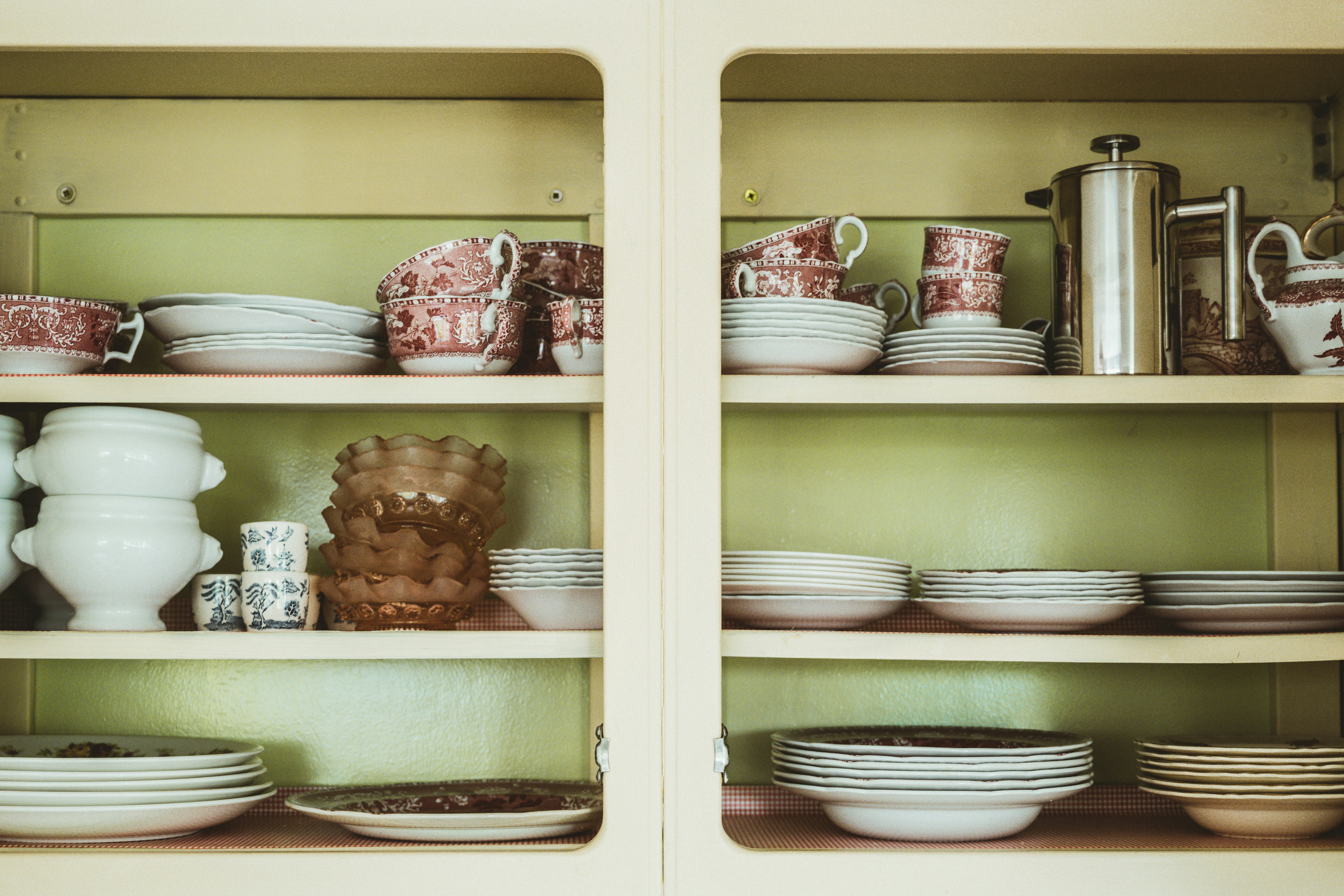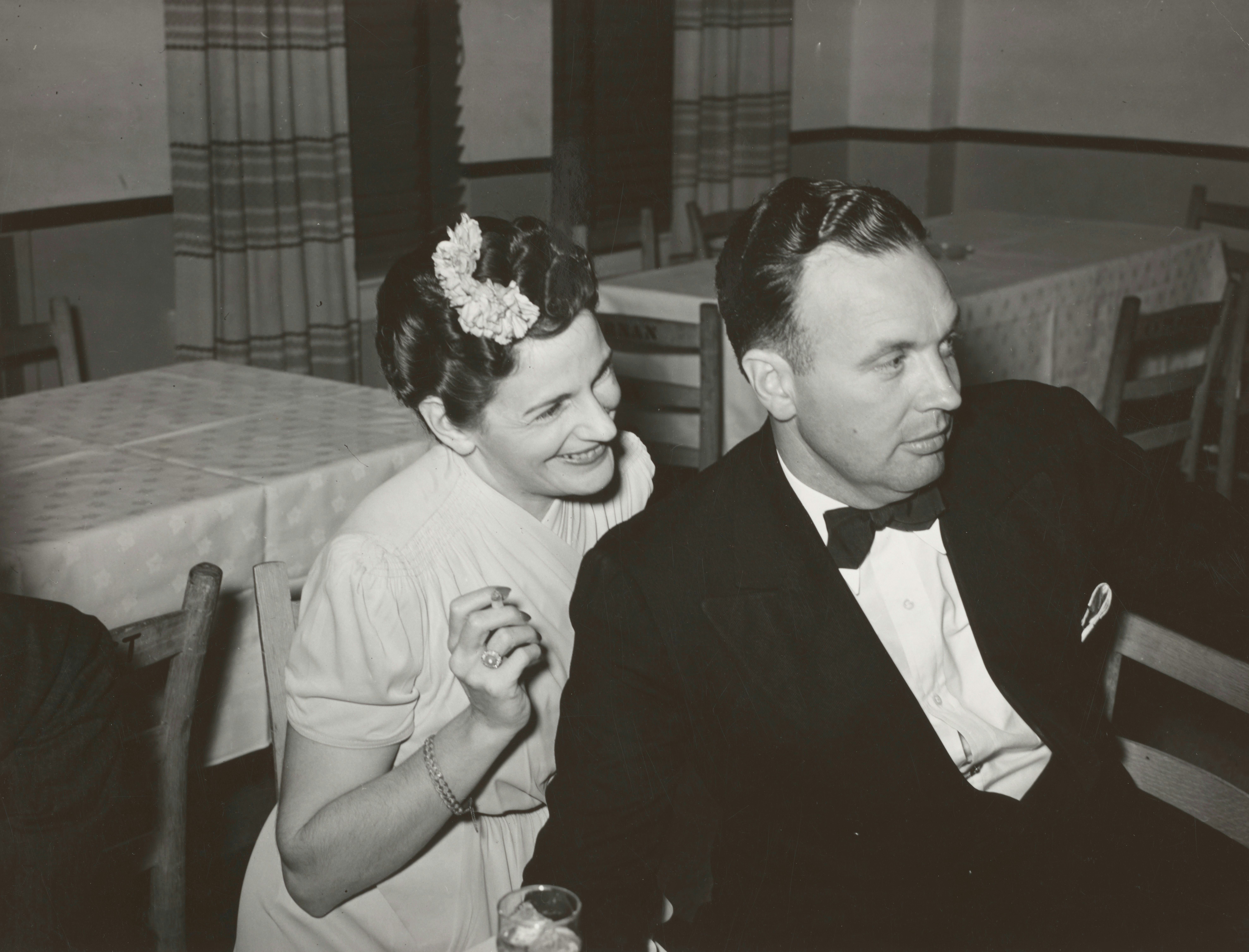Sunset, palm trees, and chicken on the grill - these three ingredients should have made for a perfect evening. My father-in-law tended the charcoal grill, a black metal contraption where he cooked chicken parts in batches. My Bahamian in-laws and a few friends from the States lounged around our yard in Nassau, chatting and sipping “sky juice” - a local concoction of gin, fresh coconut water, and evaporated milk. I refilled water glasses and slapped mosquitos off my bare legs as Bob Marley and the Wailers crooned from a portable speaker wedged into a windowsill. The Carribean breeze wafted the grill’s smoky aroma around the yard into the pastel sky.
The evening was a snapshot of paradise for everyone except my Hindu vegetarian mother, who was so disgusted by the smell of grilling meat that she went into the house and didn’t come back out for the rest of the night. While my mother hid, the rest of us devoured roasted zucchini, spinach salad with toasted pecans, and platters of chicken cross-hatched with char marks and dressed with my husband's signature sauce of grilled red onions, tangy mustard and rosemary. The sky was dark by the time the feast was over, and I realized that my mother was gone.
A vegetarian since birth, my mother was from Guyana, South America, a few thousand miles from Nassau, Bahamas. British colonization had displaced my ancestors from India in the 1900s, bringing them to work as indentured laborers in the sugar plantations. The food of my mother’s childhood was considered “West Indian,” or East Indian flavors adapted to the ingredients available in the New World. In their house in Georgetown, my grandmother cooked three fresh meals a day for my mother and her eight siblings, including dahl, rice, roti, and various vegetarian curries, spiced with S&B curry powder in its signature red container.
My father and his family, however, were not vegetarian. As my mother later learned, her own father had a stern talk with her mother-in-law-to-be before the marriage, ensuring that his daughter wouldn’t be forced to prepare meat when she moved into their household. Thus protected, my mother began a new chapter of her life as the only vegetarian in the family. One of the memories she shared when I asked her about the early years of her marriage was when my father brought home crabs, and then left to run an errand. Much to her horror, the live crabs crawled out of the bag and around the kitchen - an experience that would be traumatic for anyone, let alone a vegetarian.
In America, my father insisted that my sisters and I would have an easier time if we ate meat, which was probably true in the 1980s and 1990s. My mother continued to be a vegetarian, but by then, far from the protection of my grandfather, she had learned to prepare dishes like chicken curry for all of us. Growing up, we kept a separate cutting board and karahi pot for cooking chicken. Since she hated the smell of fish, we seldom prepared it at home. The greatest symbol of my mother’s assimilation was after my parents’ divorce, when she took over the tradition of making turkey at Thanksgiving.
Given this background, her reaction that evening in Nassau was surprising to both me and my husband. By then, we had eaten countless meals together, and the two of them had bonded over many food memories. Having both grown up in tropical countries, my mother and my husband connected over the joy of fresh guavas, dillies, and star apples, and the thrill of mango season when they climbed up tall trees to find the sweetest fruit. With my own childhood in the suburbs of New Jersey, I listened to them with longing as they traded stories of “back home.”
In retrospect, I suspect that my mother’s biggest issue was not the fact that we were eating meat, but the sight and smell of the grill itself. Cooking diced chicken breast on a stove top was benign in comparison to the theater of grilling. In Western culture, grilling was considered a masculine artform, a primal form of cookery celebrating the meeting of flesh and fire. Grilling was glorified in television shows like “American Barbecue Showdown,” in the advertisements for grills that appeared every summer around Father’s Day, and the growing trend of Southern barbecue. According to a 2019 survey by the Hearth, Patio and Barbeque Association, seven out of every ten Americans owned a grill, and outdoor cooking became even more popular in the pandemic. This thriving industry was in direct opposition to my mother’s spiritual way of life.
That night on Virginia Street, I felt caught between worlds. The cookout, meant to bring two families together, only highlighted our differences. While I enjoyed the meal myself, I also understood my mother’s discomfort. When I started dating my husband in the early 2000s, I had been a vegetarian myself for a few years. When he took me to Nassau for the first time, I could only eat squares of baked macaroni and cheese, fried plantains and the wilted lettuce that passed as salad, a rich, starchy diet I couldn’t maintain for long. Like my mother, I stood on the sidelines at his grandmother’s cookout where my husband and his uncles gathered around the grill, sipping sky juice and grilling slabs of pork, wistfully watching smoke curl into the sky. I had eaten meat before and wasn’t offended by the ritual. But I felt called to return to an omnivorous lifestyle, one that would allow me to try new foods wherever I traveled.
When I asked my father-in-law how he learned to grill, I found out his experience dated back to the 1970s, when he was a seventeen-year-old busboy in a hotel restaurant called the Rib Room, part of the Ambassador Beach Hotel, now known as Breezes in Nassau. In the open kitchen of this five-star restaurant, he observed how the chefs prepared steak and rack of lamb, how they seasoned, prepared and cooked the meat. After hours, he and the other staff would get a taste of the leftovers. His eyes lit up as he recalled the performance of flambé, where the server poured liqueur over the meat, and set it aflame at the table in front of the diners.
His real, hands-on experience with grilling came in the form of gatherings of friends and family. Like many in the community, my father-in-law was a fisherman, and would contribute his catch of grouper, shrimp, or conch to the communal meal. All the seafood was cut up, and put in a bucket to marinate with lime juice, sweet pepper and onions. “You always cook seafood on a piece of foil,” he told me, otherwise it would stick to the grate, break up and fall into the flame.
At those events, he spoke of “folklore,” a cultural mash-up of both African heritage and British colonization. The young people played “rake and scrape,” a style of music that combined the rhythm of a goat skin drum with an instrument made by a butter knife and a hand saw, and young women performed a European dance called quadrille. “They didn’t dress up in costumes, like they do today,” he told me. “They came as they were, barefoot or in their slippers.” While the entertainment unfolded, the elders tended the grill, and taught whoever was willing to learn.
Like the grills of my father-in-law’s childhood, the grill on Virginia Street was made from a 55-gallon drum that was cut in half, and welded back together with hinges. The imported grills at the hardware store were for the folks in the suburbs, he told me. Everyone he knew bought grills made by local welders. “They last much longer,” he explained.
There was an art to starting the fire, which began with dry coal, and wood from an almond tree or the husk of a coconut. He warned never to use paper, as this would create too much smoke. Using his hands, he demonstrated how to heap the coal into a mountain, to make the flame spread and heat the grill more evenly. A regular cook at his church’s fundraisers, he told me grilling looked easy, but was “part instinct, part skill.” Having never grilled myself, I learned a lot from our conversation, and came away impressed with what was clearly deep, thoughtful, and well-lived knowledge.
My mother may never be able to enjoy a cookout with my in-laws, but over the years, our families have had many fulfilling and delicious culinary exchanges. This is especially true at Thanksgiving, where we all cook together, a group of immigrants and foreigners making our own American tradition. My mother's favorite pie is now my husband’s grandmother’s coconut cream pie, made with piles of hand-grated coconut and condensed milk. My mother-in-law makes two trays of her famous baked macaroni and cheese - one for the holiday meal and one for leftovers.
At my mother’s house in New Jersey, my in-laws have tried butter chicken, saag paneer and idli and sambar - flavorful Indian dishes that were surely beyond their comfort zone. They all loved my mother’s homemade chai, steeped with cardamom, cinnamon sticks and ginger. On our trips to Nassau for New Years, my father-in-law always brings my mother a bag of ripe dillies, a sweet reminder of her childhood in Guyana.
True to the statistics, my family owns a grill that we purchased during the pandemic like so many others. But my husband and I have a silent understanding never to light it up when my mother is visiting. There are so many meals we enjoy together, but there are some experiences that just aren’t meant to be shared.
Sumitra Mattai is a freelance writer and textile designer. She holds a BFA in textile design from the Rhode Island School of Design and an MFA in Creative Writing from The New School. Sumitra enjoys writing essays about identity, food, design and family. She lives in Harlem, New York City. Follow Sumitra on Instagram, @sumitramattai, and visit her website.
Discover more from Sumitra Mattai.
